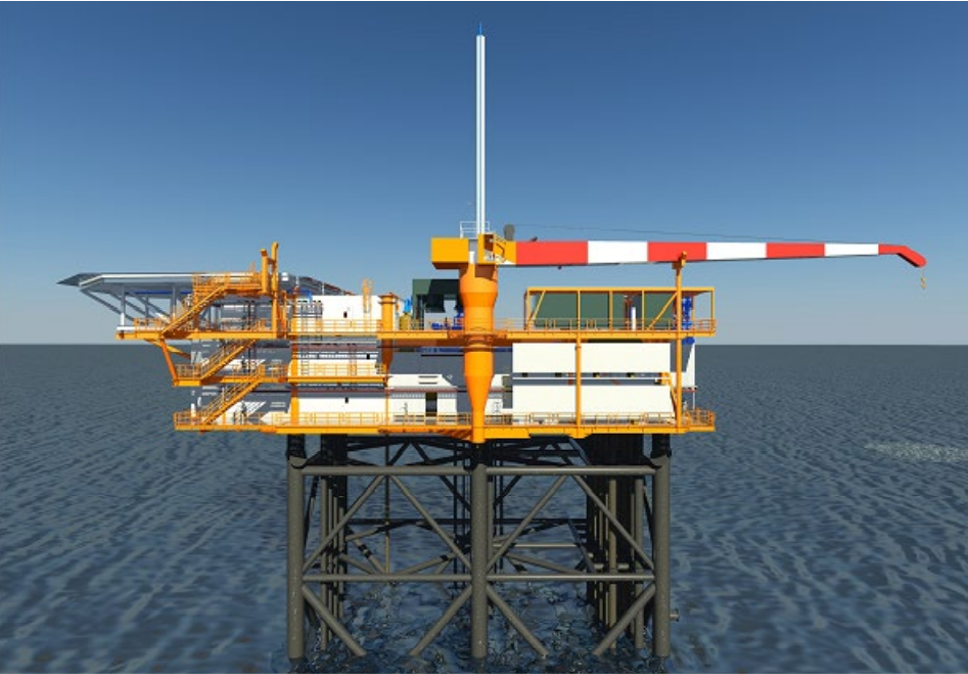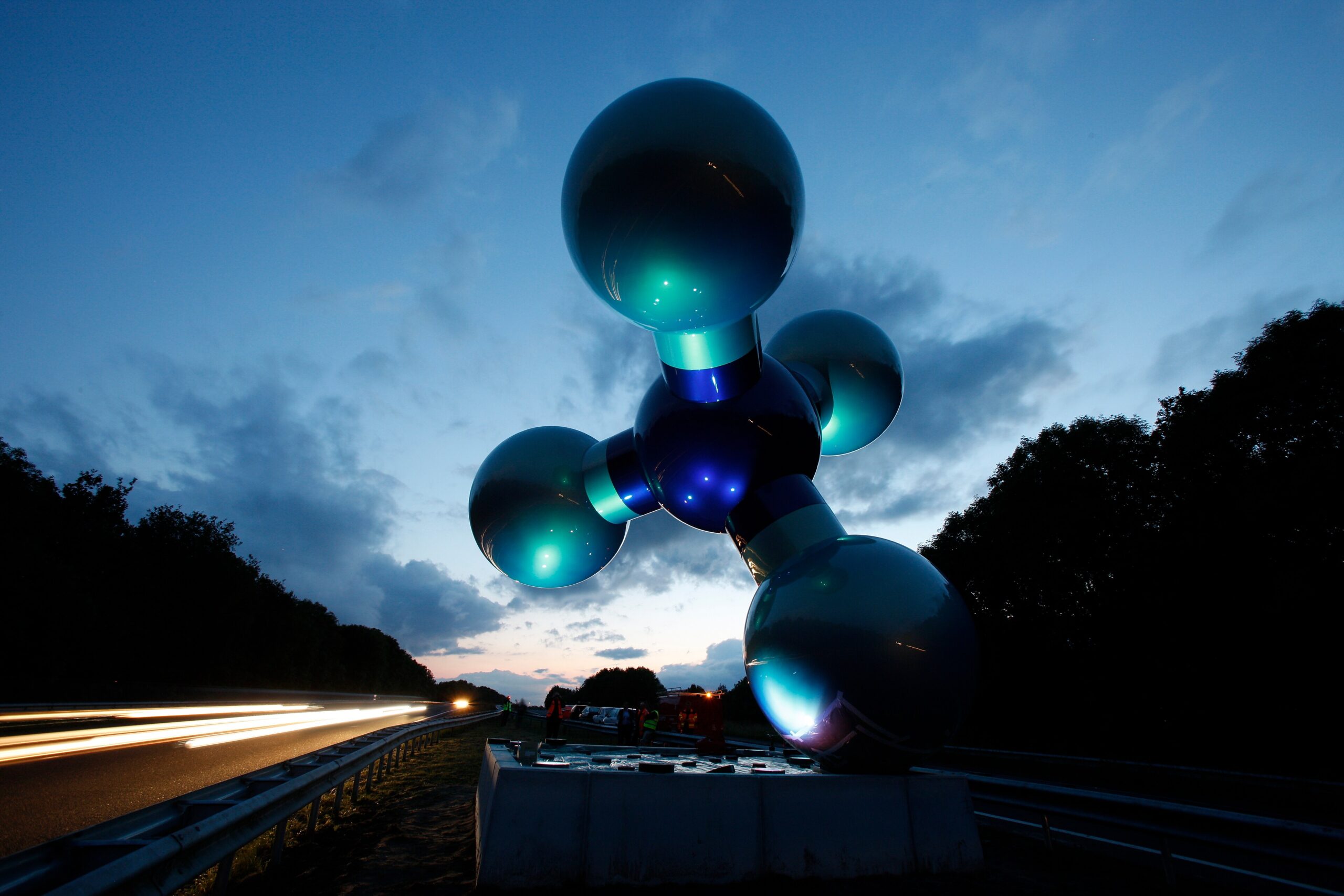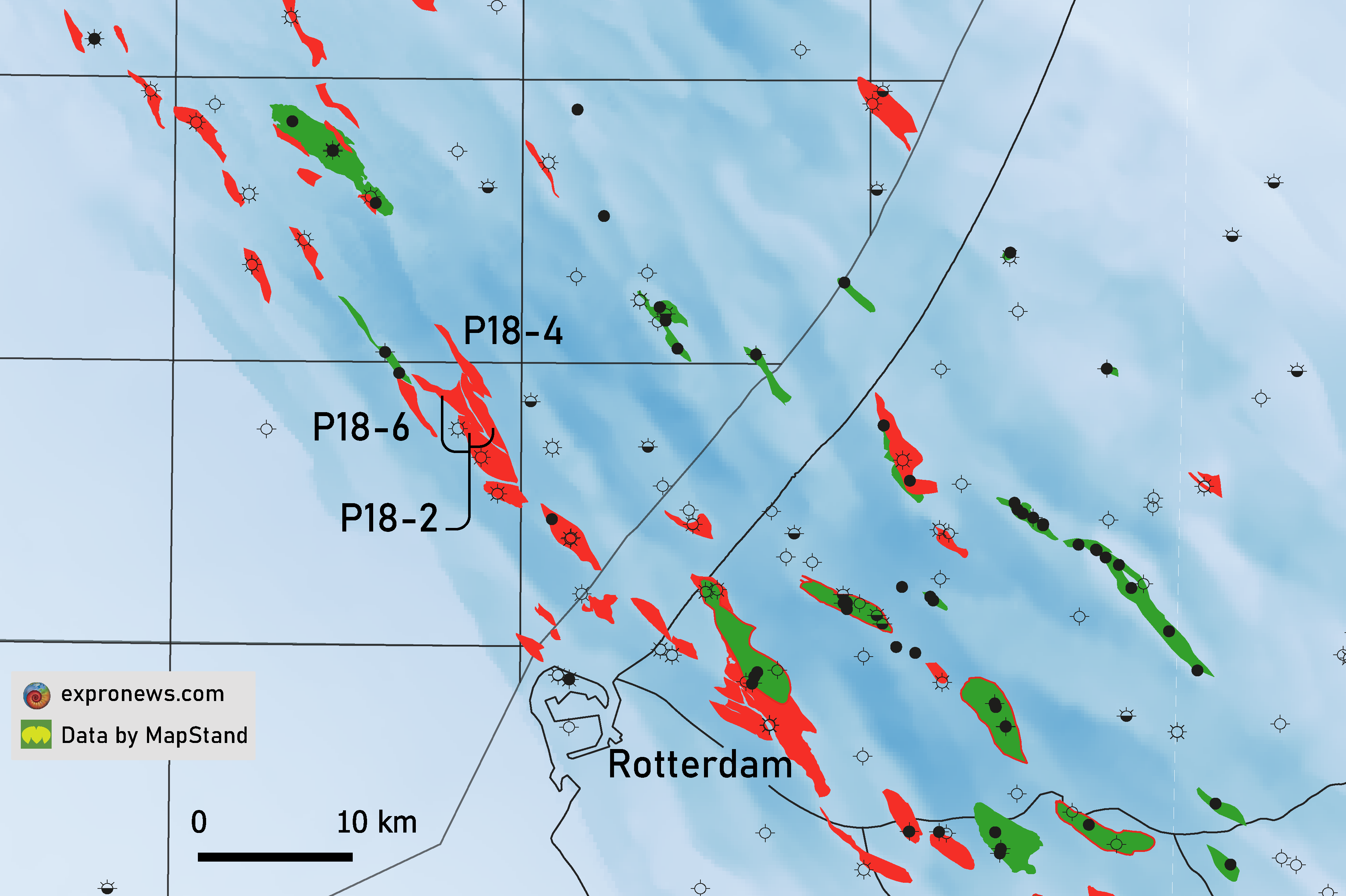Last week, ONE-Dyas submitted a detailed outline of the N05-A development plan to the authorities. Primarily situated in the Dutch offshore, the accumulation straddles the Dutch-German median line and is the positive result of drilling exploration well N05-01 in 2017.

The ONE-Dyas, Hansa Hydrocarbons and EBN partnership expects the N05-A discovery to hold 31 MMboe (mainly gas, P50). It is surrounded a number of future targets (as indicated on the map) that yet have to be drilled, so it is likely that even in case of these targets being dry the production of N05-A alone is able to carry the costs of the development. Together, the additional combined P50 volume of the surrounding prospects stands at 55 MMboe. All wells planned to test the surrounding prospects will be drilled from the N05-A platform.
A maximum of four wells are planned to develop the N05-A field, all of which will be drilled and TD’d in Dutch waters. However, in order maximise recovery two alternative TD locations have been proposed further to the east. These wells will then land in German territory. A unitisation process will be required to ensure that both the German and Dutch authorities benefit from tax revenues in a proportional manner.
A unique aspect of the development is the fact that the future N05-A platform will be powered by turbines located in the Riffgat wind farm in German waters.
Rotliegend reservoir
The N05-A discovery and surrounding targets are all reservoired in Upper Permian Rotliegend sandstones. However, in contrast to the classic Rotliegend sandstone fairway further to the south – of which the Groningen field is the best-known example – the sandstones in the N05-A area are slightly older, thinner (25-40 m) and more patchy. It is for this reason that the play was ignored for a long time before Hansa Hydrocarbons made a case for (successfully) exploring it. The result of that exploration push is the N05-A discovery.
The map below nicely illustrates the setting of Rotliegend fault blocks as mapped in the area. The compartments are separated by a network of predominantly NNW-SSE and NW-SE trending faults. Accurate mapping of fault throw in combination with reservoir thickness is key, as this ultimately determines whether some of the targets are in communication with N05-A.

Exploration well
Rather than immediately testing the prospects in the direct vicinity of the N05-A discovery, ONE-Dyas has decided on the strategy to first explore the wider region for additional gas volumes. Last year, the company drilled well G18-02, which is likely to have been dry with only gas shows reported. At the moment, the N04-3 well is being drilled just north of the N05-A discovery, most likely also targeting Rotliegend sandstones. It is hoped that this well will further prove the potential of the play.
HENK KOMBRINK




